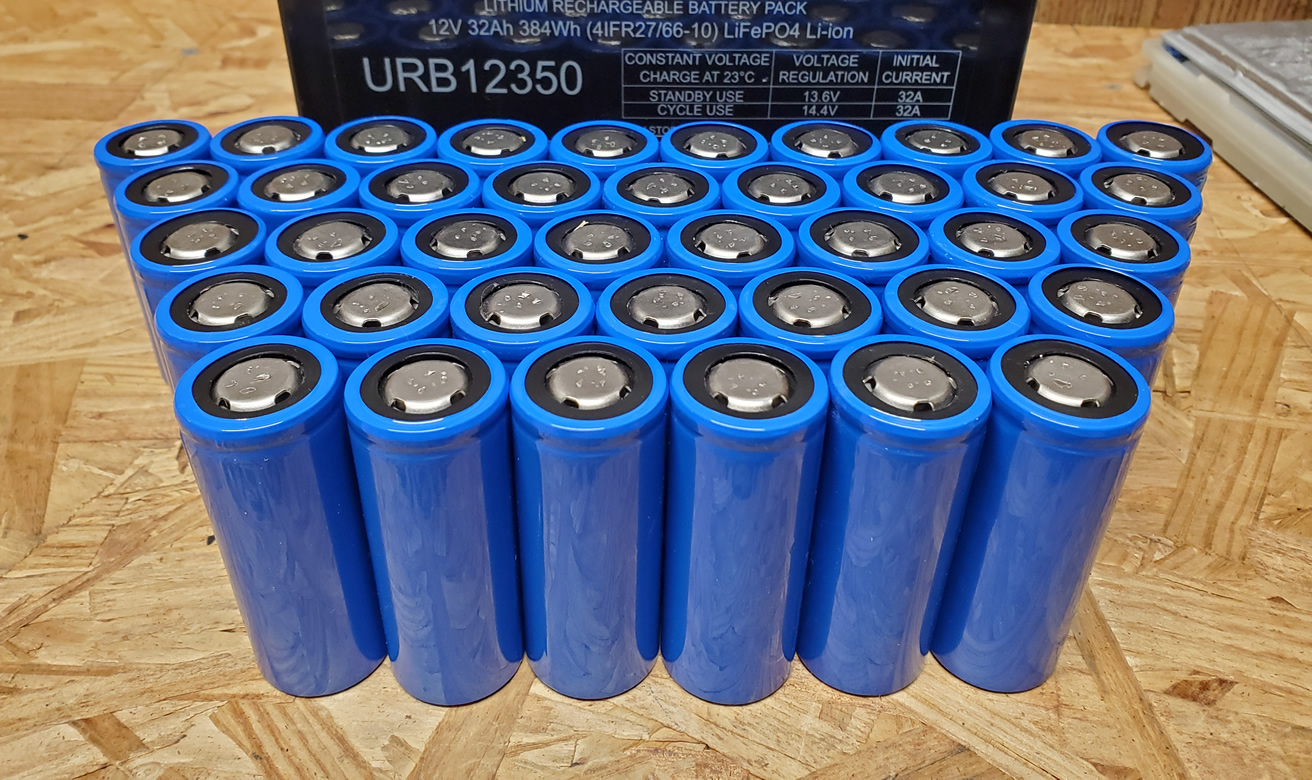I am working on building a 14s 102p powerwall using a combination of new/used batteries. Most of the batteries were unused but sitting uncharged for 6months - 2yrs. I am using an xtar vc8plus to charge/test capacity. I find the capacity varies +/- 100mah if you retest the same unit using the VC8plus but it gives a ball park number. I have batteries that range from 2500-2790 mAh with the majority of the batteries being > 2600 mah. I still have a couple of hundred more batteries to test before I can start putting them in packs. After charging I waited a few weeks to check for self discharging batteries. I found some bad one and discarded. Here are my questions:
What would be considerd a "Good" voltage after a few weeks? I am seeing on average between 4.12-4.15V.
Should I discard battereis < 2550mah to make a more robust pack? This is my first attempt at building a power wall.
Once I get close to testing all the batteries I will look into a charge controller/inverter. Any suggestions? I live in the Connecticut /USA and would like to get some solar in the future but it is so expensive unless you DIY your system. Need to put a new roof on my barn before I can even think about it.
What would be considerd a "Good" voltage after a few weeks? I am seeing on average between 4.12-4.15V.
Should I discard battereis < 2550mah to make a more robust pack? This is my first attempt at building a power wall.
Once I get close to testing all the batteries I will look into a charge controller/inverter. Any suggestions? I live in the Connecticut /USA and would like to get some solar in the future but it is so expensive unless you DIY your system. Need to put a new roof on my barn before I can even think about it.



